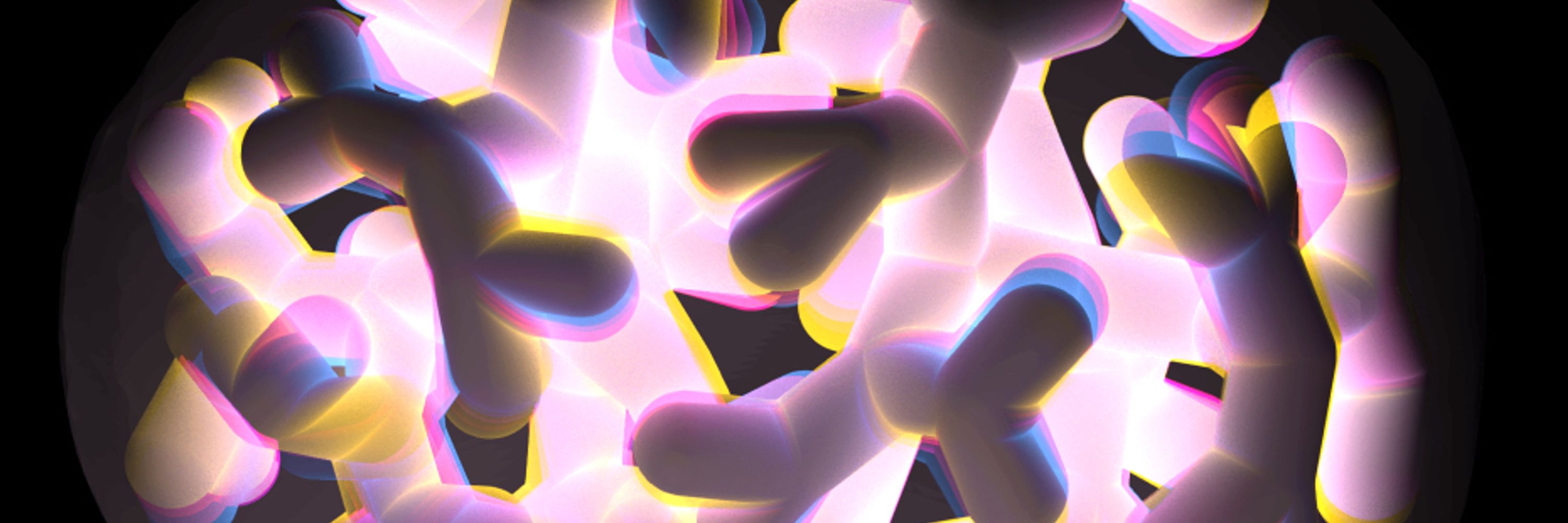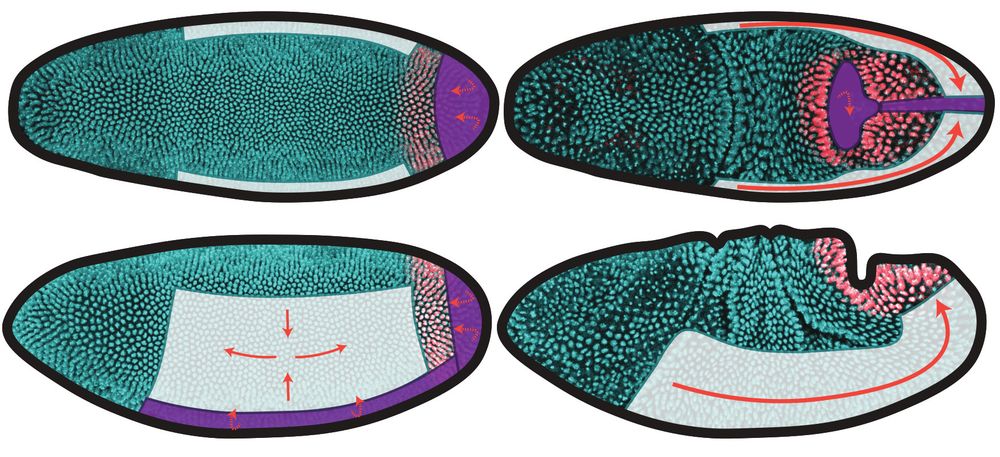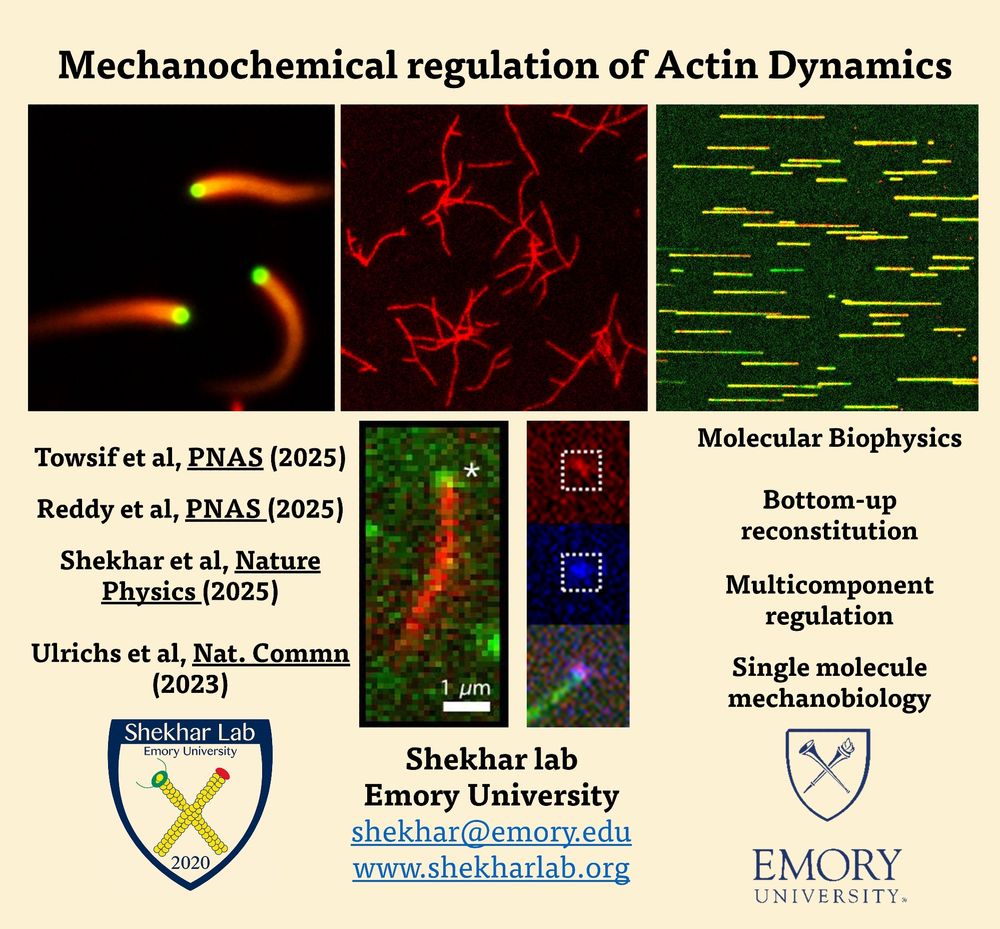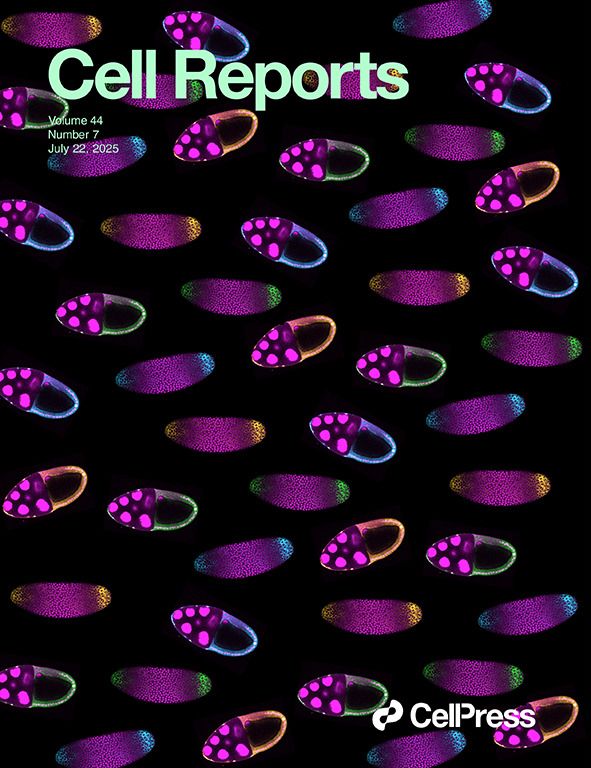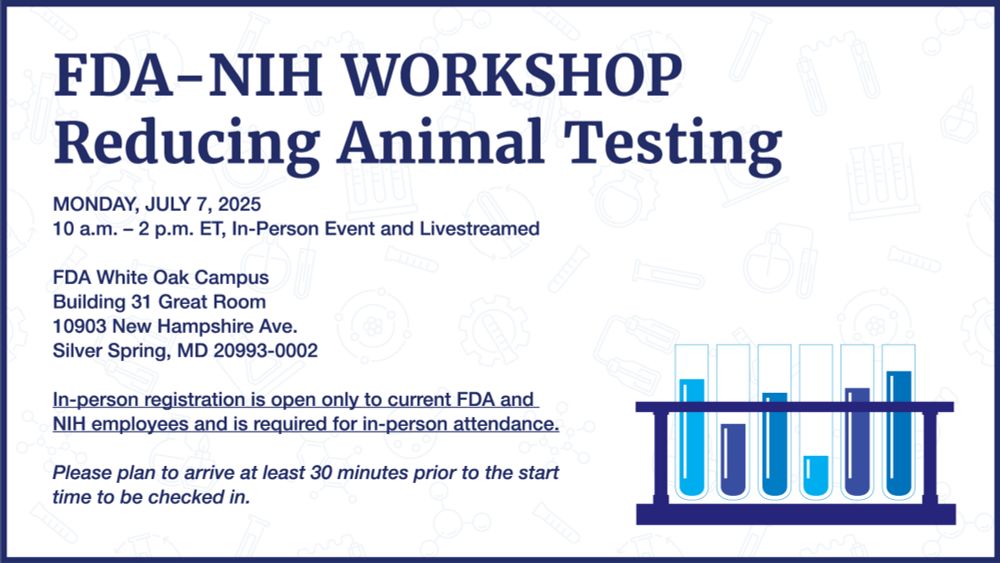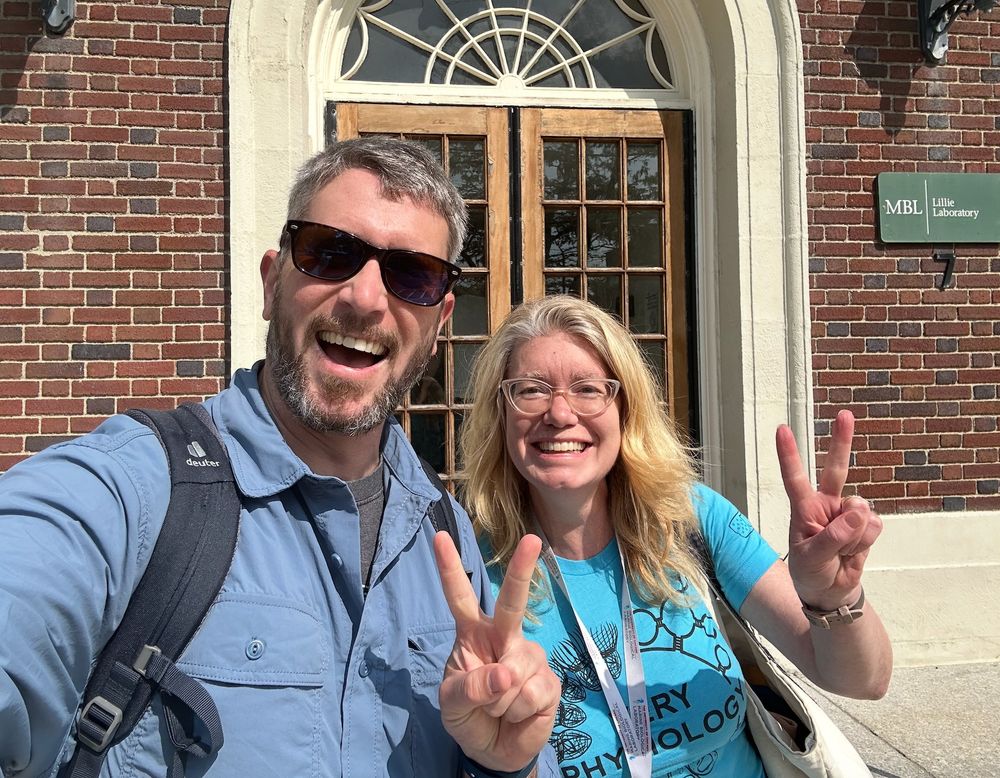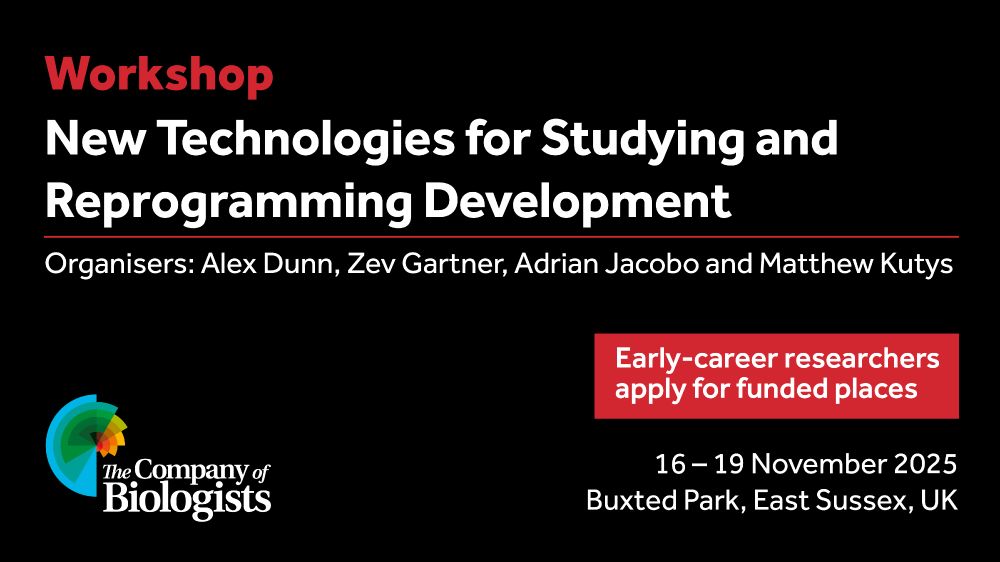Alex Hughes Lab
@hugheslabpenn.bsky.social
270 followers
290 following
24 posts
Lab-run account @ Penn Bioengineering. Studying development and tissues using micro-scale engineering, chemical biology, and microscopy. alexhugheslab.com
Posts
Media
Videos
Starter Packs
Pinned
Reposted by Alex Hughes Lab
Reposted by Alex Hughes Lab
Reposted by Alex Hughes Lab
Reposted by Alex Hughes Lab
Arjun Raj
@arjunraj.bsky.social
· Jul 15

Single-cell spatial mapping reveals reproducible cell type organization and spatially-dependent gene expression in gastruloids
Gastruloids are three-dimensional stem-cell-based models that recapitulate key aspects of mammalian gastrulation, including formation of an anterior-posterior (AP) axis. However, we do not have detail...
www.biorxiv.org
Reposted by Alex Hughes Lab
Reposted by Alex Hughes Lab
Reposted by Alex Hughes Lab
Philip Ball
@philipcball.bsky.social
· May 5
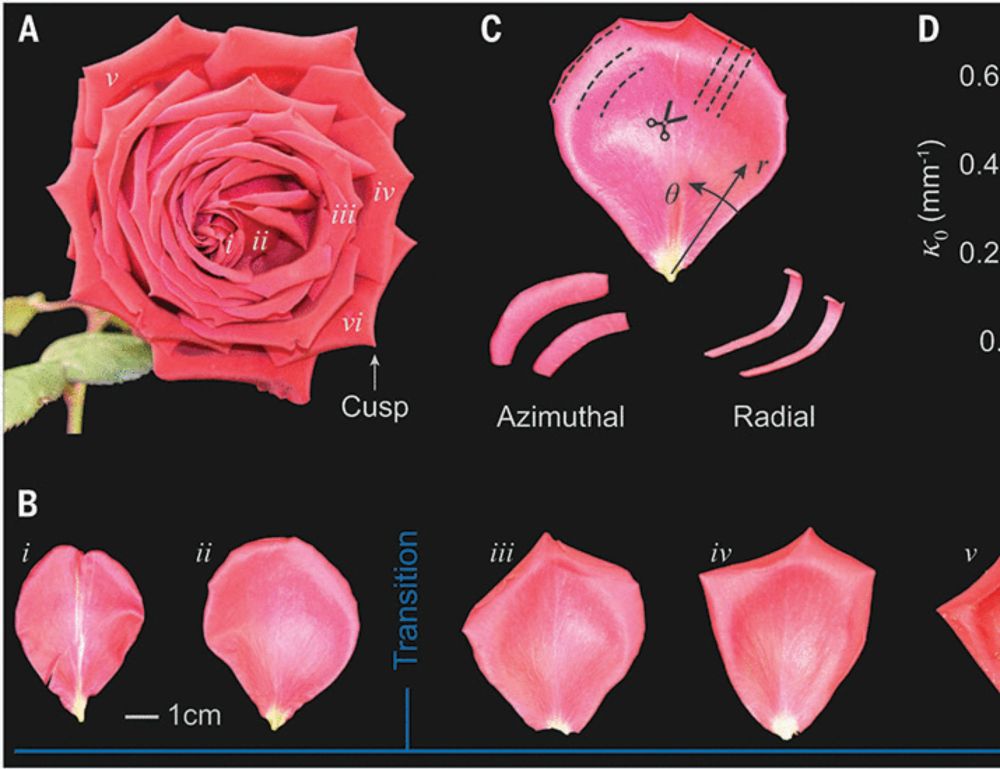
Geometrically frustrated rose petals
Growth and form are deeply interconnected, in a manner often mediated by mechanical instabilities arising from geometric incompatibilities. Although Gauss incompatibility has long been recognized as t...
www.science.org
Lori O'Brien
@llobrienlab.bsky.social
· Apr 30

Somites are a source of nephron progenitors in zebrafish
For over a century it has been believed that the vertebrate kidney arises exclusively from the intermediate mesoderm. Here, we overturn this paradigm by demonstrating that some nephrons, the functiona...
www.biorxiv.org
Reposted by Alex Hughes Lab
Reposted by Alex Hughes Lab
Reposted by Alex Hughes Lab
